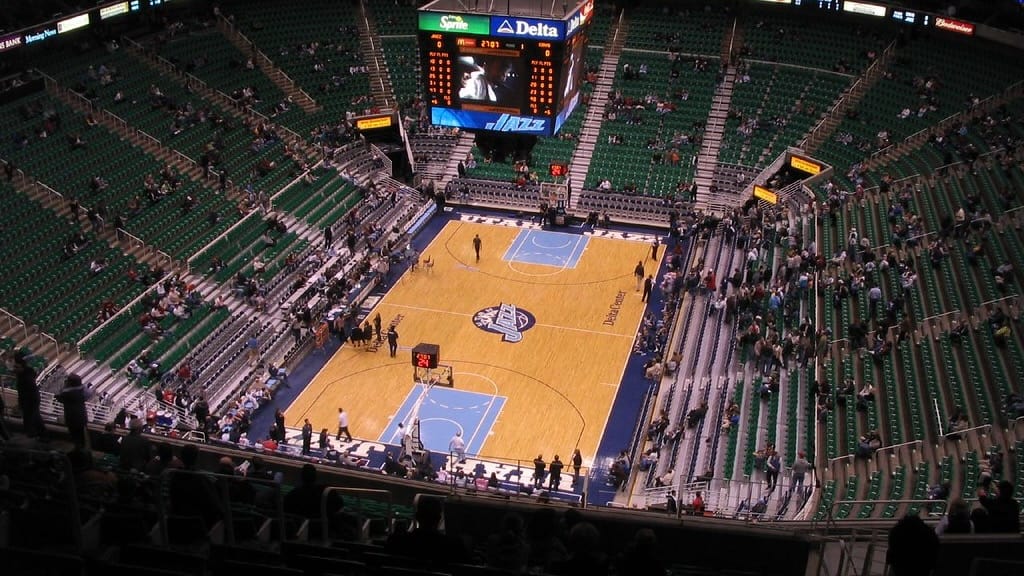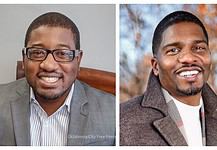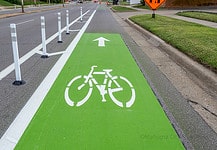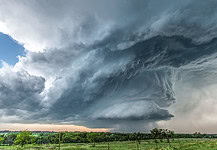Oklahoma Cityans will vote in a December 12 election to decide for/against a penny sales tax to fund a new, bigger NBA arena. In this series, Free Press is exploring the different angles on what has become a contentious issue.
OKLAHOMA CITY (Free Press) — Oklahoma City voters are weeks away from casting their votes in a decisive election to determine the fate of a proposed penny sales tax extension aimed at financing a new $900 million arena.
The proposal comes with a long-term commitment from the Oklahoma City Thunder to stay in OKC through 2050 if voters approve. The team has agreed to a temporary three-year extension with the city after their initial 15-year lease expired earlier this year.
The project is projected to cost at least $900 million, primarily funded by tax-payers through a continuation of an existing one-cent sales tax, which currently funds the MAPS 4 program. As a result, there will be no additional tax increase to pay for the arena.
Mayor David Holt said the tax will be used towards a short-term bank loan to allow work to begin before sales tax collections. This diverges from the approach of the MAPS projects funded by the penny sales tax, as they were ‘pay-as-you-go’ initiatives that began when enough money was generated to support the project.

According to Holt, all borrowing costs are incorporated into the funds generated by the sales tax.
If passed, the Thunder’s ownership group agreed to contribute $50 million, roughly 5% of the total projected cost. In addition to the six-year penny sales tax extension, $70 million in MAPS 4 funds originally earmarked for the PayCom Center will be redirected to the new arena.
What do opponents say?
While many have expressed their support, there has been some backlash to the plan as well.
Opponents of the proposal question the moral soundness of asking the public to fund 95% of the project while the billionaires who own the team contribute only 5%, especially while other pressing issues exist in the city.
OKC Ward 6 Councilwoman JoBeth Hamon, lobbyist Nabilah Rawdah, President of the Central Oklahoma Labor Federation Tim O’Connor, and economist Paul Shinn – addressed community questions about the new arena in a public discussion Thursday night hosted by the Oklahoma County Democratic Party.
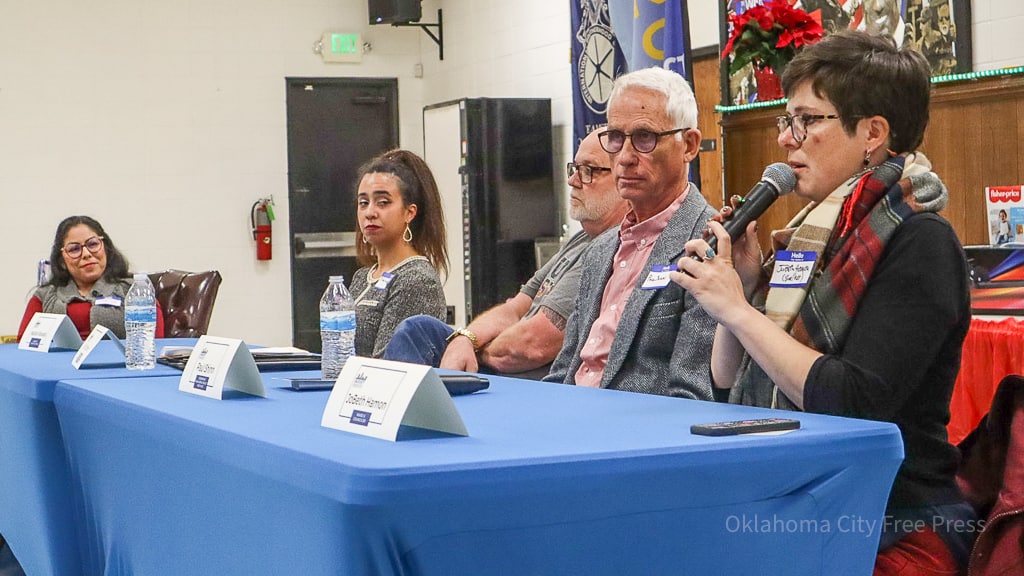
There were several times during the panel when councilor Hamon found it challenging to provide answers to community questions, explaining that she, too, has been actively seeking this information but has faced limitations in accessing information.
“I think that to me one of the most concerning things about this proposal, overall, is that there’s such a lack of transparency and information released in this proposal,” Hamon said.
She said that when she asked the city manager these questions the day the proposal was announced she was not given a clear answer.
“That, for me, was a huge red flag, if you are trying to convince not only your city council but your taxpayers to believe in this project…. There needs to be a little homework done to back up those numbers,” Hamon said.
Rawdah, Oklahoma County Democratic Party Affirmative Action Officer, explained how under this proposal OKC residents will end up paying an estimated $1,200 each for the new arena, which is particularly concerning for disadvantaged communities.
“The other part of why I’m concerned about this in particular is the fact that Oklahoma City is 47% Black and brown [people] so you are extracting $1,200 out of the most economically impacted people to pay seven billionaires,” said Rawdah.
“I would argue that the economic impact of the new arena, compared to where we actually are, is zero.”
Economist Paul Shinn
Shinn, an economist with the Oklahoma Policy Institute, spoke on the overall economic impact of the new arena.
“I would argue that the economic impact of the new arena, compared to where we actually are, is zero,” Shinn said. “Any option that we have whether it’s a new arena built by the Thunder or no arena and even if the founders decided this wasn’t the place they wanted to be and they left town, our economy would still be better off than it would be under this proposal.”
Opponents pointed out that currently it actually costs the city $5 million a year in operating costs to maintain the PayCom center.
“We do not do that for any other public service,” said Rawdah. “They make us pay for the upkeep of our own parks and you have the Thunder who’s making millions of dollars a year and we’re paying them an extra $5 million to operate their building. So if they want a billion dollars from us, we need something more than just what we’re getting.”
The panelists all seemed to agree that the best part about this deal is the community benefits agreement, which would provide liveable wages, training, and other assistance to workers in impacted communities.
The City Council, following a proposal by James Cooper, passed a resolution mandating the new arena operator to pay both full-time and part-time employees a minimum of $15 an hour. The idea for the worker-friendly resolution stemmed from Milwaukee’s community benefits package incorporated into the construction of their new arena.
“This is a historic agreement. We’ve never had anything like this on any project maps or anything that the city has done,” Tim O’Connor said during the panel. “I believe it will be a better working environment for middle-class and working-class people.”
Rawdah closed the panel urging community members to consider the other priorities that the city must address but hasn’t.
“I just want everyone to remember that when we ask for mental health services and they say there’s no money and when we ask for funding for affordable housing and they say there’s no money. We have so many tremendous needs in Oklahoma and there’s never money but when seven billionaires need a project done it comes out of thin air and we’re expected to pay for it.”
What do advocates for a new arena say?
Over the past year, Mayor David Holt has been publicly endorsing the plan to construct a new NBA stadium in an effort to keep the Thunder in OKC for 25 years – claiming that it’s a necessary economic investment.
“Perhaps the most important aspect of this deal is the length – this is twice the commitment we received in 2008 and will keep the Thunder here beyond 2050,” said Mayor Holt. “For a generation, we will retain the economic impact and quality-of-life benefits we have enjoyed as a big-league city. It is an investment that pays for itself many times over.”
The ordinance specifies that the new arena will be located downtown, however, an exact location has not been determined. If passed, the arena is set to open for the 2029-2030 NBA Season.
Election day is Dec. 12. Polls are open from 7:00 am to 7:00 pm on election day. OKC voters can click here to view a sample ballot.
Brianna Garcia is a freelance journalist covering local politics and culture for Free Press. She has a degree in Journalism from the University of Central Oklahoma.
